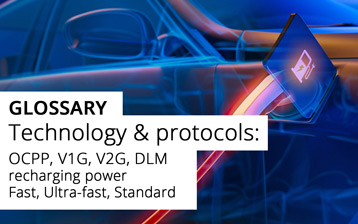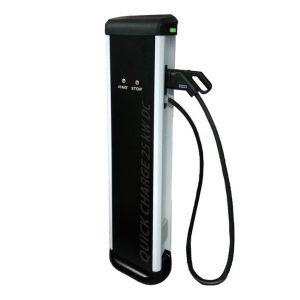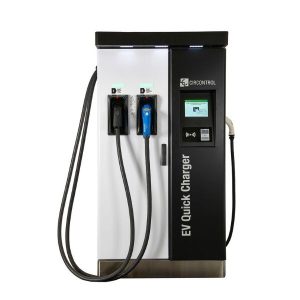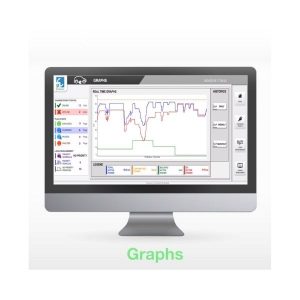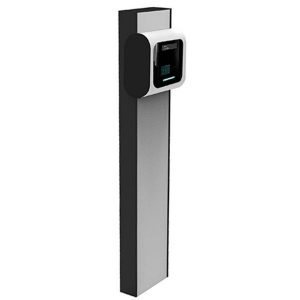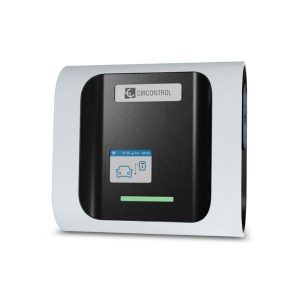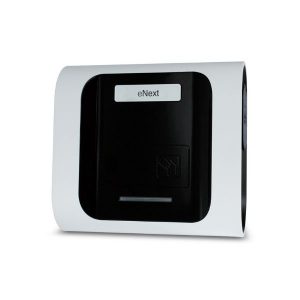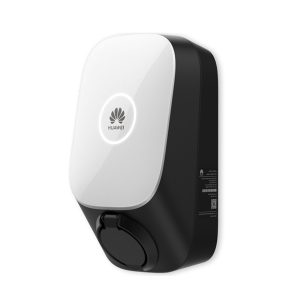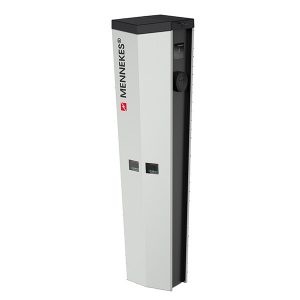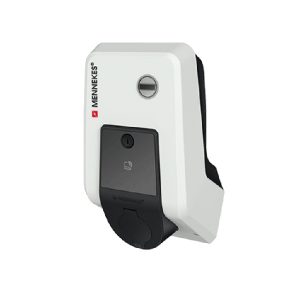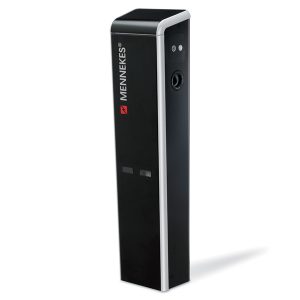Let’s clarify the terminologies associated with electric mobility, in particular as regards the protocols for communication between the charging stations, the functions for regulating the absorbed power, and the charging power.
Open Charge Point Protocol (OCPP)
It is a protocol for communication between electric vehicle charging stations and central management systems that allows operators to monitor, authorize or stop a charging.
It is the protocol with which the charging systems communicate with the Back-End or with other intelligent systems.

V1G
For V1G, in the context of mobility, we mean the simple recharging of an electric vehicle with the additional possibility of adjusting the absorbed power (both decreasing and increasing – if possible) according to the network needs.
This feature, which is part of what is known as “Smart Charge“, allows network operators to regularize the electrical load, avoiding blackouts and major investments in the infrastructure.

Vehicle 2 Grid (V2G)
Vehicle 2 Grid introduces a new era in energy management for electric vehicle charging that becomes bidirectional.
It is based on charging systems capable of transferring energy not only from the source to the battery but also in the opposite direction, so that if necessary the cars themselves can be transformed into reserves to draw on in times of emergency to stabilize the network and avoid overloads.
The criteria and methods for disseminating the V2G method are being defined by the regulatory bodies (see Legislative Decree of 30 January 2020 of the Mise).

Dynamic Load Management (DLM)
Dynamic load management (electric) means the possibility, for a recharging system, of modulating (adapting) the instantaneous power absorbed by all connected cars according to the power available at that precise moment to the user.
A trivial example, applied to a domestic recharge, is when, while recharging is in progress, an energy-intensive appliance is switched on: in order not to exceed the contractual power and to trigger the limiter, the recharging power is automatically reduced or cancelled; similarly it occurs in more complex systems with different charging stations.
Usually this functionality requires a power measurement system, or just the current in the simplest systems, absorbed by the electrical network and a management algorithm.
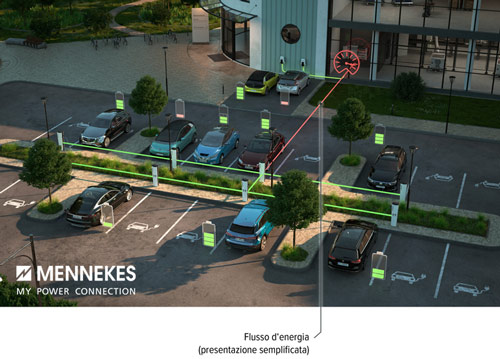
Standard, Fast (or high) and Ultra-Fast power charging
- Standard power recharging means that available in recharging systems up to 22 kW;
- Fast over 22 kW and up to 100 kW;
- beyond this power the term Ultra-fast is used.
This terminology is now in common use, as well as used in sector legislation.
-
Charging station, Circontrol, Energy Mobility
Circontrol DC eSpeed Basic post
The DC eSpeed Basic post is a DC charging station which can be installed for private application, where quick charge of vehicles is a must (for instance: car rentals, dealerships, private companies…).
Product features:
• Three phase system with single direct current output (DC) with a maximum power of 25kW
• Wide voltage range delivered from 150V to 950V
• Available with CCS Combo or CHAdeMO connector
• Start/Stop buttons
• RGB LEDSKU: n/a -
Charging station, Circontrol, Energy Mobility
Circontrol DC Raption 50-150
Raption is a range of extremely powerful DC charging stations, designed for installations in both public and private locations where electric vehicles have to be charged as fast as possible (less than 30 minutes).
Raption DC is available in the following versions:
- Raption 50 – 50kW DC
- Raption 150 – 150kW DC
Common features:
- OCPP Protocol 1.6 J
- Modem/Ethernet port
- RFID authentication
- Connector configuration available between CCS-CHAdeMO-Type 2 (on request)
SKU: n/a -
Accessories, Circontrol, Energy Mobility
Circontrol DLM (Dynamic Load Management)
Dynamic Load Management (DLM) is a smart system devised by Circontrol for energy management of multiple charging stations that work at the same time, to avoid exceeding the available power.
DML features are:
- Restriction of the maximum power withdrawable from the grid
- Possibility to integrate OCPP
- All the stations charging status can be controlled via SCADA
- RFID authentication
- Building’s energy monitoring
SKU: n/a -
-
Circontrol, Energy Mobility, Wallbox
Circontrol wallbox eNext Elite S 7,4kW / T 22kW
Circontrol wallbox eNext Elite is a wallbox designed to be installed both inside and outside homes, condominiums, workplaces and public parking lots.
- Can be connected to a back-end system via ethernet, 3G/4G and Wi-Fi
- Highest level of protection thanks to integrated DC leakage detection and welding detection.
- RFID reader
- 3.5” color display
- OCPP 1.6J protocol
- Types available: eNext Elite S 7.4kW single-phase and eNext Elite T 22kW three-phase wallbox.
SKU: n/a -
Energy Mobility, Huawei, wallbox
Huawei Smart Charger: SCharger-7KS-S0 – SCharger-22KT-S0
The Huawei Smart Charger represents a very versatile solution for charging electric vehicles.
- 4 kW single-phase or 22 kW three-phase
- Type 2 socket
- Recharge mode 3
- Authentication methods: RFID, Bluetooth, App
- Communication: WiFi, Ethernet
- OCPP 1.6 and Modbus TCP protocols
- Available: SCharger-7KS-S0 / SCharger-22KT-S0
SKU: n/a -
Charging station, Energy Mobility, Mennekes
Mennekes AMEDIO Professional+
Mennekes AMEDIO Professional + is the charging station designed for the company, commercial, and hotel car parks, it guarantees an intelligent and sustainable charging infrastructure for car parks reserved for the company and customers.
- Security of investments thanks to state-of-the-art electronics
- Flexible counting options
- 2 x type 2 sockets with hinged lid for 22 kW respectively charging power and high operational safety
SKU: n/a -
Energy Mobility, Mennekes, Wallbox
Mennekes AMTRON Professional+
Mennekes AMTRON® Professional + has been designed for company and commercial vehicle fleets, hotels, restaurants etc … thanks to state-of-the-art technology and electronics, easy access to recharge and easy management by the facilities are guaranteed.
- Wallbox specially designed for industry and commerce
- Integrated modem for data transmission according to OCPP 1.6 j
- Flexible counting options
- Charging point with a maximum charging power of 22 kW
SKU: n/a -
Charging station, Energy Mobility, Mennekes
Mennekes: charging columns Basic – Smart
The charging columns and the Basic wall charging stations allow charging in mode 3 with type 2 socket </strong > Mennekes with shutter.
Both have a pleasant appearance and are manufactured with electro-galvanized sheet steel casings available in three color variants: black RAL 9005 (SW), silver RAL 9006 (SI) and Yellow RAL 1021 (GE). All are with degree of protection IP 44.
SKU: n/a





